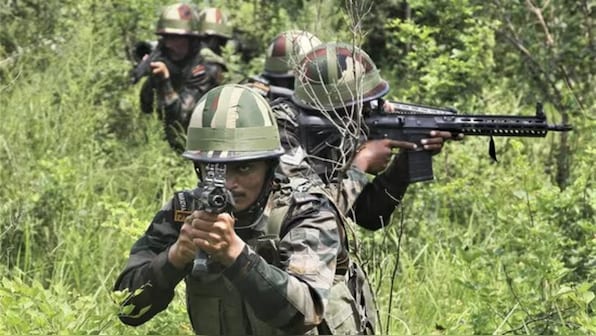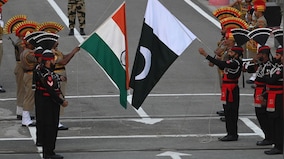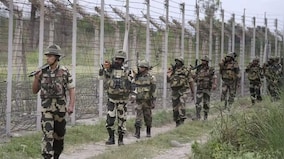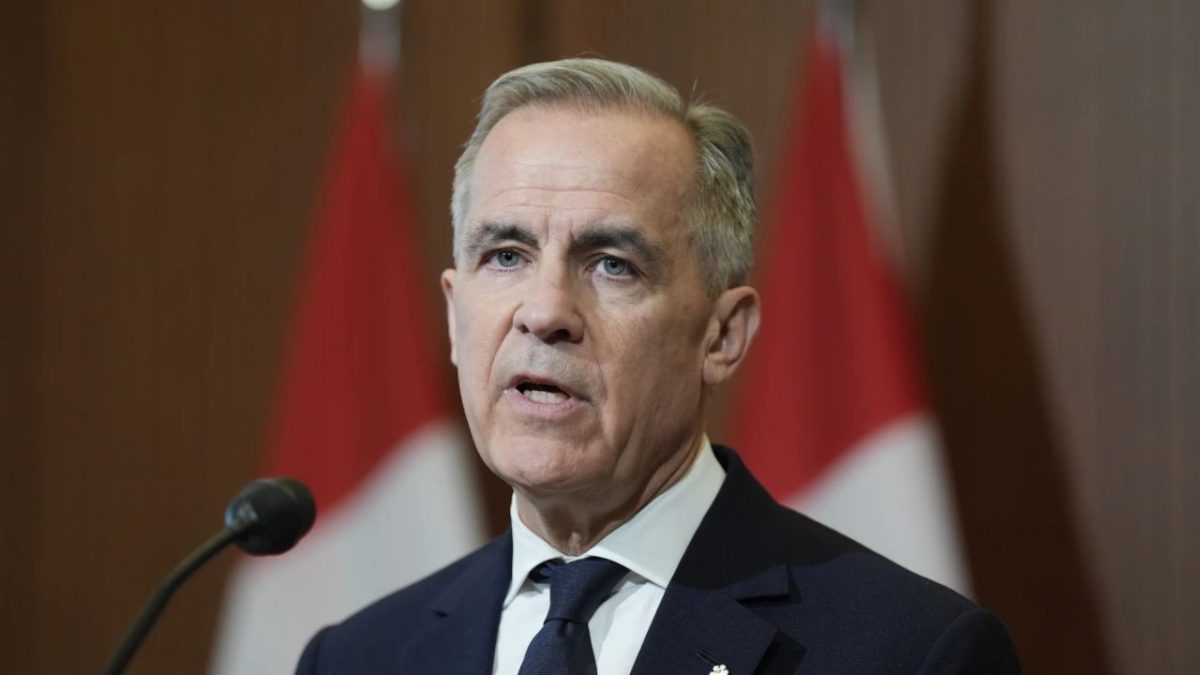The much-awaited strategic re-structuring of Indian forces into Integrated Theatre Commands (ITCs) remains in limbo. Post the first Joint Commanders Conference in Lucknow, in September last year, a press release mentioned that the three services had agreed to structures of upcoming ITCs, and these had been presented to the defence minister. It added that they would now be forwarded to the government for consideration. Since then, there has been silence.
On January 1 this year, a press release by the Ministry of Defence quoted Defence Minister Rajnath Singh declaring 2025 as the ‘Year of Reforms’. It mentioned that the aim was ‘transforming the Armed Forces into technologically advanced, combat-ready forces capable of multi-domain integrated operations.’ The first subject on the reforms list was ‘bolster Jointness and Integration initiatives and facilitate establishment of the ITCs’. We are nearing the middle of the year and have heard nothing. This implies that the process of establishing ITCs is proceeding slower than expected.
Further, transforming from current service structures to theatre commands will take time, even after the decision is made. These would need to be established and made operational, and also requisite staff appointed. The roles and tasks would need to be approved by the government and possibly war games. Current organisations earmarked to be part of them would then be absorbed. In some cases, certain headquarters (HQs) may have to be sidestepped.
China began establishing its theatre commands in 2016 and is still re-structuring its support organisations. An autocracy can adopt a top-down approach, whereas a democracy would need to consider a consensus policy in forming structures. Restructuring and relocating, as well as establishing new organisations, imply funds and time and hence must be deliberate.
Till theatre commands are established and operational, the current service commands, under service chiefs, would remain in place. The way things are moving, it is likely that current structures will remain the norm for some time. Hence, their shortcomings must be addressed as a priority.
The Pahalgam attack highlighted gaps in the responsibility and tasking of the existing army’s Northern Command. The Command is responsible for Jammu and Kashmir and Ladakh, less the Jammu belt, which comprises the International Border, which is the responsibility of Western Command. Thus, it manages not only the LoC with Pakistan and counterinsurgency operations in the hinterland but also the Line of Actual Control (LAC) with China in the Ladakh sector.
The terrain, nature of threats, pattern of operations and managing the adversary are vastly different in both cases. While there are standoffs with prolonged negotiations along the LAC, largely led by the MEA, it is responding with force against Pakistan’s breaching the ceasefire as well as its supported terrorism. Talks are a rarity with Pakistan. The government’s approach to both adversaries is also different, impacting the army’s strategy and operational plans.
There were reasons why this complicated structure was created and stood untouched for all these years. J and K became a part of India on October 26, 1947, and was immediately embroiled in a war with Pakistan, during which a single command was made responsible for the conduct of operations. There was a single road axis through the region, linking Ladakh to the rest of the country via the valley, as were central depots and other common administrative facilities, including hospitals. Reserves were also largely located within the region.
While India concentrated against the Pakistan threat, the Line of Actual Control, since 1962, was generally peaceful, experiencing standoffs sans violence, until Galwan crisis. Since 2020, there has been growing distrust with China, while it has always existed with Pakistan.
During the Galwan standoff, troops deployed in counter-insurgency south of Pir Panjal, in an area which had largely been contained and cleared of terrorists, were rushed to Ladakh to meet the immediate requirement of additional forces. This resulted in gaps in deployment leading to the insurgency regaining ground in the region, which led to a few undesired and embarrassing incidents. These forces are now being relocated with the raising of an additional division for HQ 14 Corps in Ladakh.
There has been vast improvement in infrastructure, air power, airlift, and also artillery firepower over a period of time. During the Galwan crisis, India rapidly moved additional troops into Ladakh from different parts of the country, employing its expanded airlift capabilities. With emphasis on infrastructure continuing unabated, Ladakh is being connected with all-weather connectivity through the Nimmu-Padam-Darcha Road, in addition to the two already existing routes, via Manali and Srinagar. Hence, there are multiple arteries for moving forces into Ladakh from other than the traditional route.
Thus, this changed scenario, including the increased Chinese threat, necessitates segregating the LAC portion of Ladakh from Northern Command, thereby enabling it to focus on Pakistan and counter-insurgency. No other army command is responsible for simultaneous threats from two major nuclear-powered adversaries, possibly even working in collusion. The proposed Northern Theatre Command, expected to be established in Lucknow, once approved, is earmarked to take over responsibility of the Chinese frontier from Ladakh to Arunachal.
Currently, HQ Central Command, based in Lucknow, remains responsible for the LAC, south of J and K up to Nepal, implying Himachal and Uttarakhand. By giving it control of the LAC in Ladakh, it would be responsible for the LAC stretching from Ladakh to Nepal. The army’s Eastern Command could continue with its current role of managing the same from Sikkim to Arunachal.
There would be multiple benefits emerging from such a restructuring. Firstly, only two commands, Central and Eastern, would handle the Chinese threat as against three currently and four previously. For both the commands, the LAC would remain their primary focus. This would also enable better coordination. Secondly, Northern and Central Commands would have specific fronts and natures of threats to manage.
Thirdly, any Chinese intrusions in one sector could be offset by a counteraction in another. Fourthly, the Northern Theatre Command, once created, would absorb the current Central and Eastern Commands, making its operational control easier. Finally, there would be no cost, as it would only imply shifting responsibility.
Another aspect which Indian defence planners could consider is that India’s geo-strategic environment has changed in the past couple of years, necessitating a realignment of its proposed ITCs. Myanmar is in internal turmoil, while Bangladesh is no longer an Indian ally as it previously was. Its internal dynamics would only grow worse in the future.
Both could be exploited by China, willingly or unwillingly, during hostilities. Nepal, which splits the LAC, has governments which alternate between pro- and anti-India. China could utilise its airspace to target India without taking their approval. All three nations are members of the Chinese BRI and could soon be beholden to it, akin to Pakistan or Sri Lanka, and forced to surrender strategic assets detrimental to India.
Currently, Indian borders with Myanmar are the responsibility of the Assam Rifles, which the Home Ministry seeks to replace with the BSF. Bangladesh borders are under the BSF, while those with Nepal are under the SSB (Sashastra Seema Bal). There is currently no need to change existing structures. However, the emerging scenario implies that armed forces must closely monitor these frontiers to prevent them from becoming a threat and also prevent their exploitation by China.
Therefore, while creating theatre commands, it may be prudent to consider two theatre commands facing the northern adversary on the proposed lines of the Central and Eastern Commands suggested above. The Eastern Command must also monitor Myanmar and Bangladesh, while the Central monitors Nepal. It is unknown when Indian armed forces may need to be employed against other neighbours to safeguard our national interests. It is better to be prepared than be caught off guard.
Simultaneously, in the current construct, until ITCs are announced, Central Command should be given the responsibility to manage the LAC from Ladakh to Nepal, freeing Northern Command to concentrate on the LoC and counter-insurgency.
The author is a former Indian Army officer, strategic analyst and columnist. Views expressed in the above piece are personal and solely those of the author. They do not necessarily reflect Firstpost’s views.


)
)
)
)
)
)
)
)
)